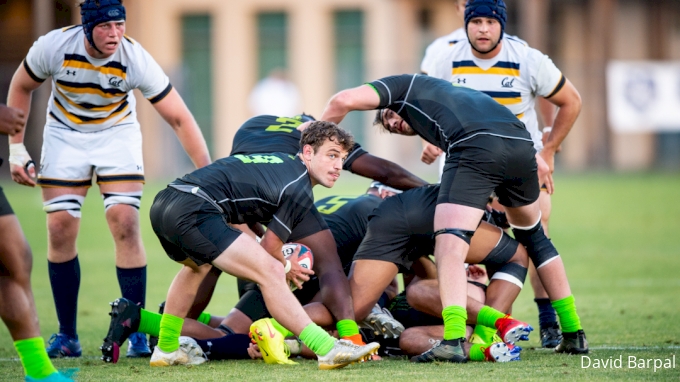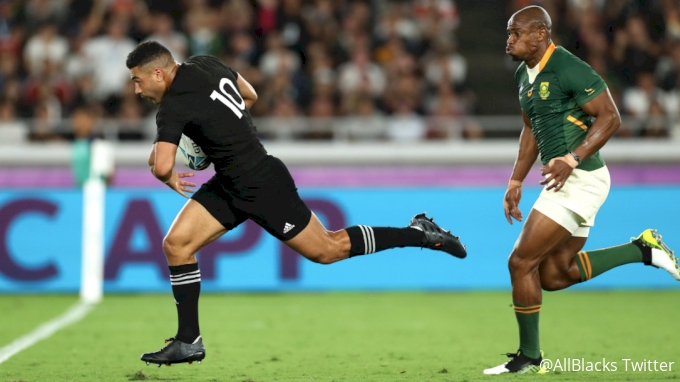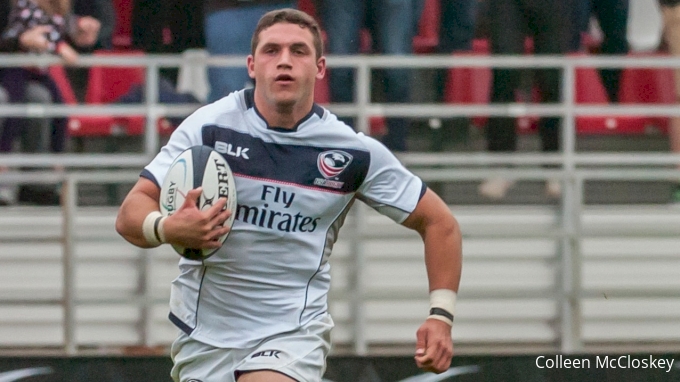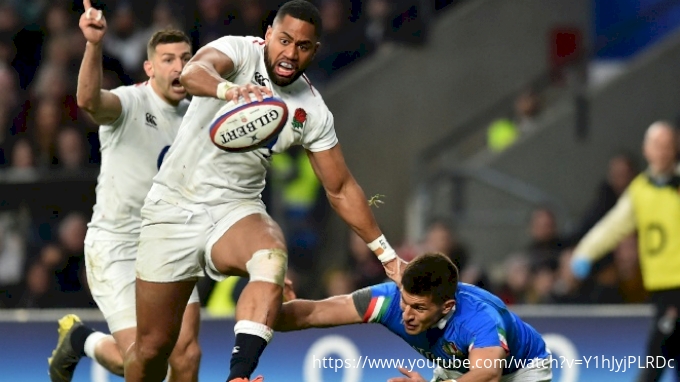What Is a Rugby Back?
What Is a Rugby Back?
Rugby players are split up into two groups: the forwards and the backs. Here is a breakdown on the roles of the backs.

While there are 15 players on a rugby field playing nine different general positions, every single player on the field can be categorized into one of two groups: a forward or a back. The players are numbered #'s 1-15, with #'s 1-8 making up the "forward pack" and #'s 9-15 the "backline".
Here is a breakdown on the backs group:
Your typical backline player is going to be speedier, nimbler, more agile, and more skilled with the ball than the big guys in the forward pack. They operate out in space, and make most of the splash plays in a rugby game. While they don't do quite as much gritty work as the forwards, they still get put under intense pressure when they're called into action, both offensively and defensively. Backs also handle almost 100% of the kicking and the kick coverage during a game.
This is a look at each backline position, and what he or she does on the rugby field:
Scrum-half
The scrum-half, also known as the "halfback", wears the #9 jersey and is essentially the commander of the forward pack and a general around the field. They're often the smallest in stature, but largest in personality on the field. He or she will usually be the most involved player on the field, as they will pass the ball off the ground to the next receiver anytime someone gets tackled. They organize traffic, tell people what to do, and control the tempo of the attack. At scrums, the scrum-half rolls the ball into the scrum, and then plays the ball when it gets all the way back to the No. 8's feet at the back of the scrum. On lineouts he or she will usually receive the ball from the player that gets boosted up into the air to catch it.
Fly-half

The fly-half wears #10, and is the equivalent of the quarterback of the team. They can range in size from little guys to fairly large ones, but are generally medium-sized players. They organize the backline, launch attacks, and strategically kick the ball into the right areas of the field. Most of the time, they are the ones who receive the ball from the scrum-half if he or she decides not to throw it to a forward. On most teams, the fly-half is the one who takes all the kicks for points and penalties for touch. They also should be heavily involved on defense -- although some of them like to think defense is optional! A good fly-half typically needs to be calm, intelligent, good at communicating, and the most skilled player on the team.
Centers

The two centers on the team are #'s 12 and 13, and are frequently the strongest ball runners on the team. They are often slightly heavier than the fly-half, and vary greatly in height. They are like the running backs on the team, and must be strong enough to win their numerous collisions throughout a game, but also skilled and nifty enough to operate well in space. They also play a key role in organizing and communicating to the backline, particularly lending the fly-half an extra set of eyes to let him or her know what options they have. Centers kick the ball on occasion, and must be able to step in and play first receiver when the fly-half is busy.
Wings

The wingers wear #11 and #14, and are usually the fastest or most athletic players on the team. Their primary job is to finish, counter attack, and defend in space. They probably have the biggest range in size of all players. Some are tiny, shifty buggers, while others are enormous mack trucks. What they all have in common though is pace and finishing ability.
Fullback

The fullback is the last line of defense, wearing the #15 shirt and lining up all the way in the deepest part of the field. They are usually a similar size as the fly-half, only faster and better at jumping. They are one of the key members of the team in terms of communication, and must have a high level of skill on offense and defense.